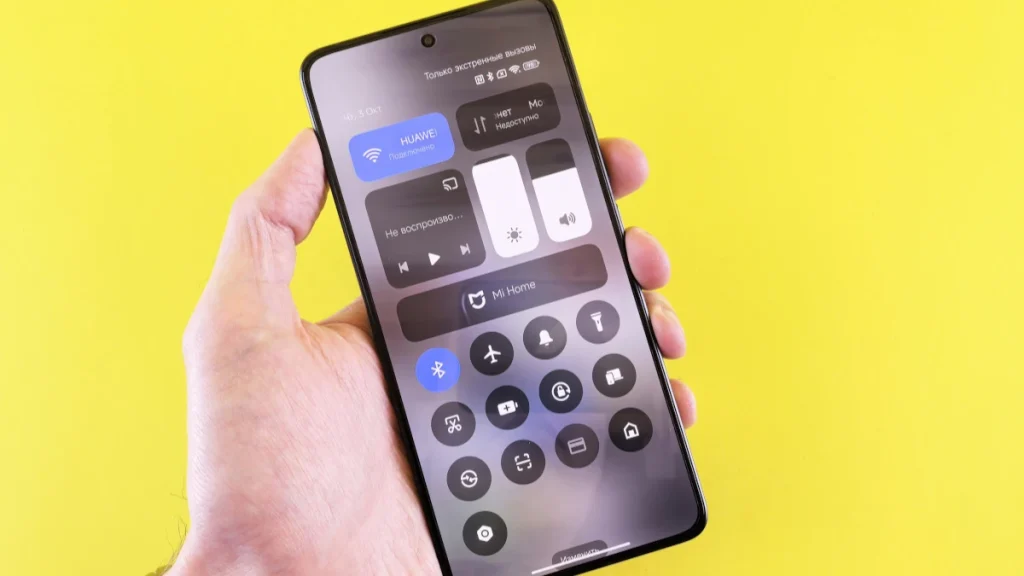Xiaomi 17 Pro Max vs. iPhone 17 Pro: Which Flagship Reigns Supreme in 2025 and Beyond?
The ultimate flagship battle of 2025.

The smartphone industry in 2025 is more competitive than ever, with two giants leading the race—Xiaomi and Apple. Their newest flagships, the Xiaomi 17 Pro Max and the iPhone 17 Pro, are redefining innovation, performance, and design.
Both brands target users who want speed, superior cameras, long battery life, and a seamless user experience. But with each device offering its own set of advantages, the big question remains—which flagship truly reigns supreme in 2025 and beyond?
This article compares every detail—design, display, performance, battery, camera, and price—to help you decide which one suits your lifestyle and budget.
Design and Build Quality
When it comes to design, both phones represent the peak of modern craftsmanship.
The iPhone 17 Pro continues Apple’s legacy of elegance with a titanium frame, matte finish, and a sleek edge-to-edge display. It feels premium, light, and perfectly balanced in hand.
On the other hand, Xiaomi 17 Pro Max impresses with a futuristic design featuring curved glass edges and a vibrant gradient back panel. Xiaomi also integrates a new “Smart Touch Frame” that enhances gesture control, making navigation faster and smoother.
Both are stunning, but if you prefer a futuristic look with bold colors, Xiaomi wins here. For minimalistic elegance, iPhone remains unbeatable.

Display and Performance
Performance is where these two flagships shine the most.
The iPhone 17 Pro features Apple’s latest A19 Bionic chip, built with a 3 nm architecture that delivers unmatched speed and energy efficiency. Multitasking, gaming, and video editing are incredibly smooth.
Meanwhile, the Xiaomi 17 Pro Max comes with the powerful Snapdragon 8 Gen 4 Ultra processor, supported by up to 16 GB RAM and AI optimization that adapts to your daily usage. The 144 Hz AMOLED display offers vibrant colors, deeper blacks, and outstanding brightness even in direct sunlight.
In benchmarks, both perform exceptionally well, but Xiaomi provides more customization and gaming flexibility, while iPhone offers more stability and long-term performance reliability.
Camera Comparison
Cameras have become the defining factor for flagship smartphones.
The iPhone 17 Pro features a triple-lens setup with a 200MP main sensor, a 12MP ultra-wide lens, and a new periscope zoom lens capable of 10x optical zoom. Apple’s computational photography continues to set the standard, delivering natural colors, sharp details, and excellent night mode results.
The Xiaomi 17 Pro Max, however, pushes boundaries with its Leica-powered quad-camera system—including a 250MP primary sensor, a 48MP ultra-wide lens, and a 32MP telephoto lens. Its AI-driven image processing allows stunning portraits and crisp 8K video recording.
If photography is your priority, Xiaomi’s versatility takes the edge. But if you prefer realistic color tones and consistent results, the iPhone remains a reliable choice.
Battery and Charging Speed
Battery life and charging speed have become major decision factors for smartphone users.
The iPhone 17 Pro packs a 4,200 mAh battery with improved efficiency from the A19 chip, providing up to 18 hours of screen time. Apple’s 45W fast charging and MagSafe wireless support make recharging quick and easy.
Also Read: iOS 26 Release Date: Everything You Need to Know About Apple’s Biggest Update of 2025
Meanwhile, the Xiaomi 17 Pro Max offers a massive 5,000 mAh battery and an incredible 150W hypercharge system that powers the phone from 0% to 100% in just 15 minutes. It also supports 80W wireless charging—one of the fastest on the market.
In this department, Xiaomi is the clear winner for users who prioritize long battery life and ultra-fast charging.
Price and Value for Money
The iPhone 17 Pro comes at a premium price—starting around $1,199, depending on storage. You’re paying for brand prestige, ecosystem integration, and long-term software support.
The Xiaomi 17 Pro Max, priced around $899, offers nearly the same high-end performance for significantly less. It’s an excellent choice for users who want flagship power without overspending.
If you want luxury and long-term reliability, go for iPhone. But for those who value performance and affordability, Xiaomi is the smarter deal.
Software Experience
Apple’s iOS 19 remains clean, stable, and privacy-focused. It seamlessly integrates across devices like Mac, iPad, and Apple Watch, making it ideal for Apple ecosystem users.
On the other hand, Xiaomi’s HyperOS 2.0, based on Android 15, offers deep customization, advanced AI features, and better notification control. It feels modern and fluid, especially for power users.
In short, iPhone is perfect for simplicity and privacy, while Xiaomi caters to users who love control and flexibility.
Gaming and Multimedia
Both smartphones are gaming beasts.
The iPhone 17 Pro runs even the most demanding titles like Genshin Impact and PUBG Mobile at max settings without overheating. The adaptive refresh rate and stereo speakers provide a cinematic experience.
Xiaomi’s 144 Hz display, advanced cooling system, and Snapdragon optimization make it a serious rival—especially for Android gamers. If gaming performance is your top priority, Xiaomi offers more for less.
Final Thoughts

Both the Xiaomi 17 Pro Max and the iPhone 17 Pro stand out as technological masterpieces in 2025.
Choose the iPhone 17 Pro if you want premium design, ecosystem stability, top-notch security, and reliable performance for years.
Also Read: iPhone Air 2025: Everything You Need to Know About Apple’s Latest Innovation
Choose the Xiaomi 17 Pro Max if you prefer customization, faster charging, superior camera flexibility, and better value for your money.
Ultimately, the best phone depends on your personal needs—but one thing is certain: both flagships prove that smartphone innovation is far from slowing down.
Frequently Asked Questions
The Xiaomi 17 Pro Max offers higher megapixels and more flexibility, while the iPhone delivers more natural and balanced colors.
Xiaomi 17 Pro Max charges much faster with its 150W hypercharge system.
Both are excellent, but Xiaomi has a slight advantage due to its higher refresh rate and better cooling.
Apple provides longer software updates, often up to 6 years, compared to Xiaomi’s 4 years.
If you’re invested in Apple’s ecosystem, go for the iPhone. If you want value and innovation, Xiaomi is your winner.





2 Comments